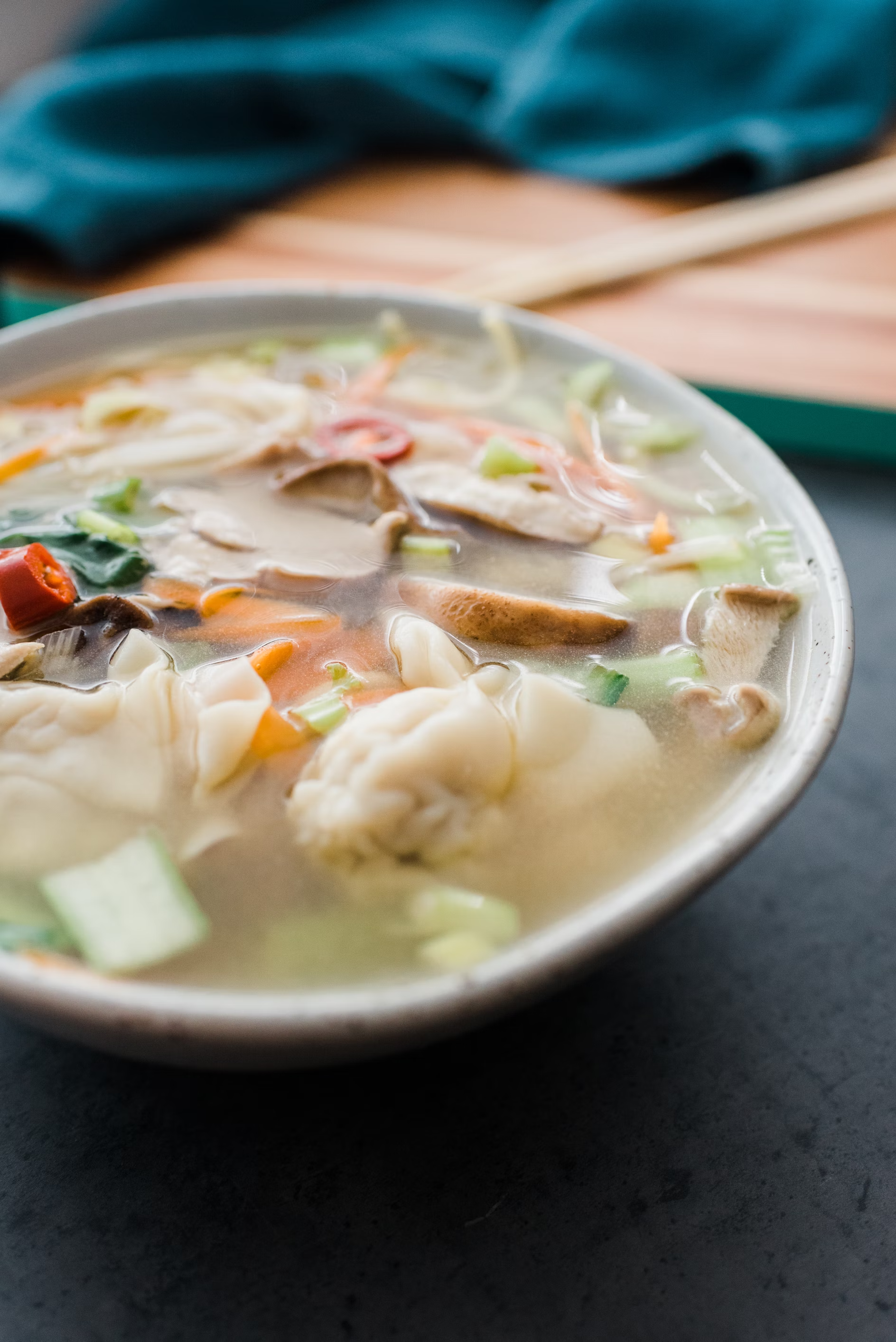Today, turtle dishes are rarely seen on restaurant menus, but this wasn’t always the case. In the past, turtle meat, also known as terrapin, was highly popular in the United States. Historical records indicate that Native Americans from the Mid-Atlantic to Florida included turtle in their diets. Colonizers later embraced this readily available meat, primarily as an inexpensive food source for enslaved individuals. Surprisingly, turtle meat eventually became a delicacy enjoyed by the upper class and even several U.S. presidents.
Turtle soup, in particular, became a staple at restaurants, social clubs, and hotels. It even found its way into the White House, where President William Howard Taft, in office from 1909 to 1913, was particularly fond of it. Taft had a dedicated chef who specialized in making the soup, which was so renowned that it was named “Taft’s Terrapin Soup.” This recipe included ingredients such as veal, tomatoes, herbs, sherry, vegetables, hard-boiled eggs, and turtle meat. President Taft insisted that his favorite soup be paired with champagne, a tradition supported by First Lady Helen Louise Taft, who reportedly paid the chef extra to prepare the soup for state dinners.
This soup was influenced by Caribbean turtle recipes brought back from the West Indies by British soldiers. American chefs adapted these recipes to suit local tastes, using green sea turtles and the highly prized diamondback terrapins.
President Taft wasn’t the only U.S. leader to enjoy turtle soup. Rumor has it that John Adams and his wife Abigail savored it during the first Independence Day celebration in 1776, making it one of America’s most peculiar 4th of July food traditions. George Washington also enjoyed it in 1783 at a farewell banquet for Continental Army officers. Pre-made shipments of the soup were even sent to the White House for President Andrew Jackson. At Abraham Lincoln’s inaugural celebration in 1865, terrapin was served as an hors d’oeuvre.
George Washington, along with other founding fathers like Thomas Jefferson, Benjamin Franklin, and Alexander Hamilton, were members of the exclusive Hoboken Turtle Club. This club served turtle and vegetable soup with boiled eggs at their gatherings. Boiled eggs and sherry are key ingredients in classic turtle soup recipes. A New Orleans version of the soup is tomato-based and thickened with a roux, while the Baltimore-style features cream and Madeira wine. The latter was served at the Ritz hotel when it opened in 1908, prepared by the famous chef Auguste Escoffier.
Turtle meat is described as having a robust, beefy texture with a slightly gamey, seafood-like flavor reminiscent of salmon, lobster, or crab. It has also been compared to veal, which is often cooked with the turtle in a veal broth in many recipes.
The popularity of turtle soup eventually led to dwindling supplies and high prices. At its peak, it was canned and sold by brands like Campbell’s and Heinz, but the difficulty and cost of obtaining turtles made the ingredient scarce. Overfishing nearly drove green sea turtles to extinction, followed by a significant decline in diamondback terrapin populations. As a result, snapping turtles were used as an alternative, and mock turtle soup made with calf’s heads became a common substitute.
The decline of turtle soup was also influenced by the arrival of Prohibition in 1920. The ban on liquor made it nearly impossible to legally prepare classic turtle soup, which traditionally included sherry or Madeira wine. By the time Prohibition was repealed in 1933, American tastes had evolved, and turtle soup largely disappeared from menus.
Today, green sea turtles are classified as an endangered species, and diamondback terrapins remain at risk, with varying state laws regarding their protection and conservation. Even snapping turtles face threats from over-harvesting, leading to bans or limits on hunting them. While some restaurants still offer authentic turtle soup as a nostalgic treat, the meat is likely sourced from farm-raised turtles. In countries like China, Japan, and Singapore, steamed softshell turtle is considered a delicacy, and turtle breeding farms help reduce the threat of extinction by supplying meat.



